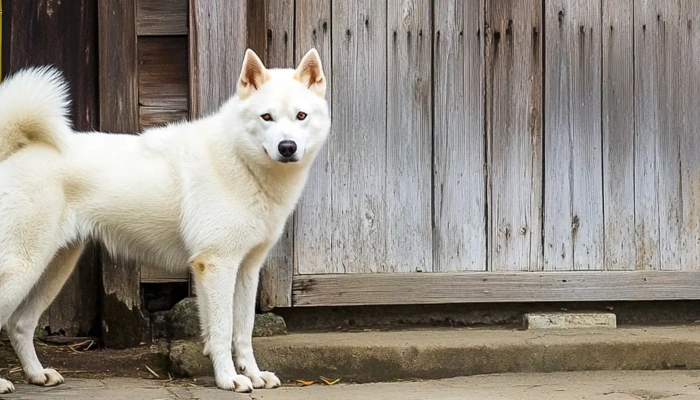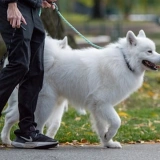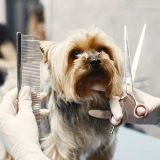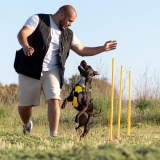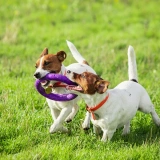The Kishu Ken is intelligent, reserved, and disciplined. It has a strong prey drive and an independent mind, which means it needs early, consistent training and firm (but kind) leadership. This breed does best with experienced dog owners who can provide structure and patience.
Socialization from a young age is crucial—while not aggressive, the Kishu may become overly suspicious or reactive if underexposed to new people, places, and animals. It’s often quiet indoors and very clean, almost cat-like in behavior.
Its short, dense double coat is weather-resistant and easy to maintain, though it sheds seasonally.

